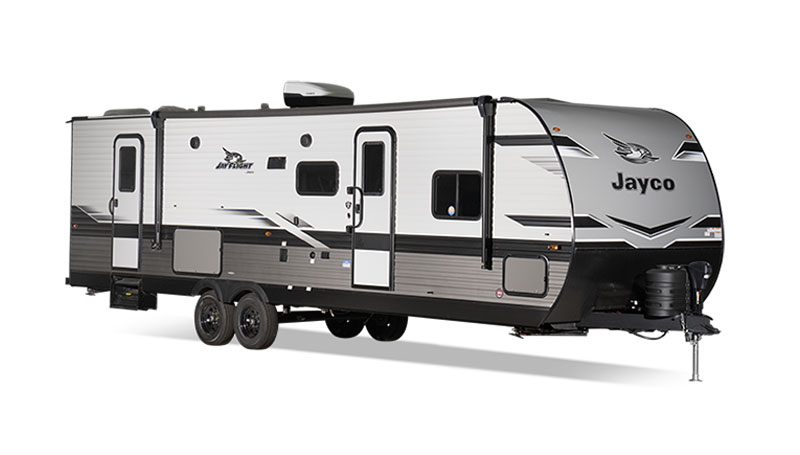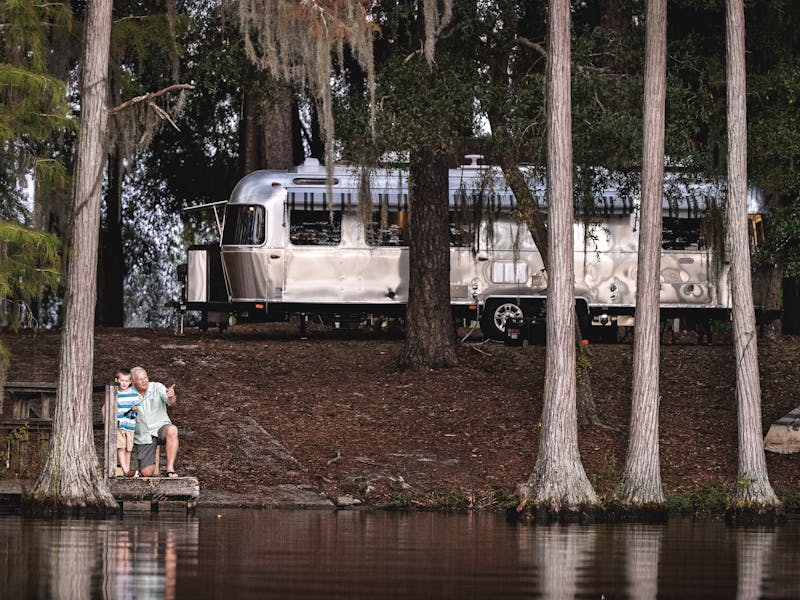Explore Financing Options
After you have a good idea of what you might be able to afford each month, it’s time to explore financing options. While it's true that RVs can represent a significant investment, there are various financing options available to make your dream of RVing a reality. Everything isn’t paid upfront, so don’t stress. We’ll break down each of your options so you can get a better idea of what is out there.
RV Loans
RV loans are similar to traditional auto loans, but they are tailored specifically for RV purchases. They offer competitive interest rates and flexible terms. We have seen loans typically fall between five and twenty years. You’ll want to research lending institutions, credit unions, or online lenders to find the best RV loan that suits your needs.
It’s a good idea to get a quote for a potential RV loan before walking into a dealership. That way, you’ll both have a good idea of what you’ll potentially be paying, and you will be better armed to negotiate a lower price on the RV you want.
Dealership Financing
Speaking of walking into the dealership, another option for financing your RV is to apply for a loan directly from the dealership where you want to buy your RV. The dealership we went through had partnerships with multiple lenders and offered some very competitive rates and terms compared to a couple of our banks.
You may discover some dealers also have special offers or incentives for financing through them, and you might also have more room to negotiate on the price of the RV or the interest rate of the loan. We brought our bank’s offer to the dealership the two times we have purchased RVs and worked out a couple of great financing deals with our dealership.
Personal Loans
If you want some flexibility in what you purchase, try a personal loan. These are great if you have a solid credit score and financial stability, but you might also discover some are even available for people with bad credit history or none at all. You can get these types of loans from a bank, credit union, or an online lender. Shop around if they sound like something that might work for you.
Just like with RV loans and dealership financing, we suggest you compare the interest rates, terms and monthly payments to find the financing option that best aligns with your budget. We couldn’t find a personal loan that had rates as good as the first two categories for us, but it’s still a good idea to shop around.
Leasing an RV
Maybe you aren’t quite ready to fully commit to long-term RV ownership. Leasing is a good way to dip your toes into the hobby and can be a cost-effective option if you just want to test out RVing for a few years. Just like leasing a car, some often require down payments, and you may pay a monthly fee to use the RV with higher costs over time, mileage limits, and maintenance fees. The big benefit is that leasing provides you with the opportunity to upgrade your RV after the term is over, which is great if you are into keeping up with newer models.
We personally don’t lease because we like to own what we spend money on, and in reality, you don't own a leased vehicle. With that said, this option might work for you, so make sure to explore it.














